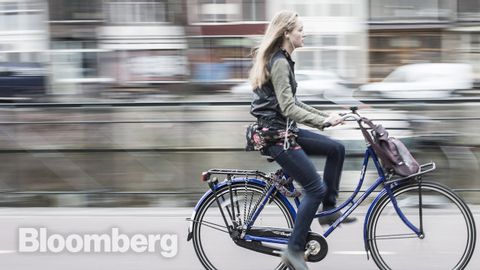阿姆斯特丹如何成為自行車天堂 (How Amsterdam Became a Bicycle Paradise)
Li-chieh Young 發佈於 2021 年 01 月 14 日  沒有此條件下的單字
沒有此條件下的單字US /ˈdɛdɪˌketɪd/
・
UK /'dedɪkeɪtɪd/
- v.t.專用;專心的 ; 專注的;奉獻
- adj.盡心盡力的,專注的;專用的
US /ˌɑpɚˈtunɪti, -ˈtju-/
・
UK /ˌɒpə'tju:nətɪ/
- n. (c./u.)機會;時機;良機;工作機會;商機
US /ˈkɑnˌsɛpt/
・
UK /'kɒnsept/
US /ɛmˈbres/
・
UK /ɪm'breɪs/
- n. (c./u.)擁抱(某人);接受
- v.t.緊緊擁抱;親吻;欣然接受;包含

